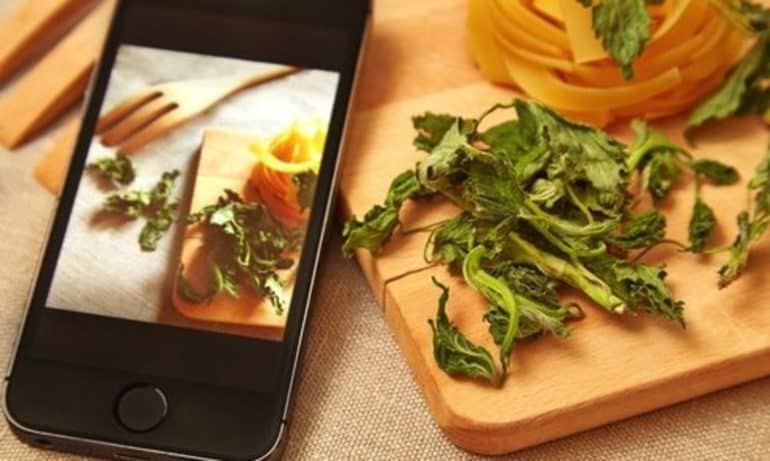In the city famous for beignets, Po’boys, and gumbo, many residents of New Orleans, Louisiana do not have access to affordable, healthy food. According to the U.S. Department of Agriculture’s Food Access Research Atlas, large swaths of New Orleans are food deserts—these are neighborhoods that are typically more than a mile from a supermarket. Last month, however, New Orleans residents gained increased access to healthy, affordable food through a new iPhone application. In partnership with Top Box Foods and Aisle Won, the Renaissance Project launched the free NOLA Food Partnership app in order to connect residents to fresh produce and frozen groceries.
“In a place like New Orleans, no one should go hungry,” explains Greta Gladney, the founder of the Renaissance Project. Since 2001, the Renaissance Project, a community development non-profit, has strived to improve the quality of life for low-income communities of color, particularly by increasing access to food. In October, the Renaissance Project partnered with Top Box Foods, a non-profit that offers high-quality affordable food to residents of food deserts, and Aisle Won, who manages pilot cellular apps that connect individuals to food growers and producers.
The NOLA Food Partnership app allows residents of New Orleans to purchase food boxes from Top Box, at roughly half the cost of average grocery store prices. According to Top Box, volunteer support and low overhead costs allow them to maintain their reasonable prices.
Unlike food at a grocery store, app purchased food is only available once a month. All orders must be placed by the second Saturday of each month, so the food boxes can be compiled and ready for pick-up at one of the thirteen designated churches and community centers across the city. App users can pick from the seven boxes offered, which include items such as fresh or frozen fruit, vegetables, and meat. Most of the food is purchased from food producers and brokers who typically supply restaurants and catering companies in the area.
After ordering, customers have the option to purchase their groceries with cash, credit cards, or food stamps, including Supplemental Nutrition Assistance Program (SNAP)/Electronic Benefits Transfer (EBT). Allowing customers to pay with food stamps may be particularly relevant in Louisiana, where almost 20 percent of the population relies on SNAP to buy groceries, compared to the national average of 15 percent. Mike Kantor, co-chairman of the New Orleans Food Policy Advisory Committee, recently highlighted the importance of encouraging residents to use food stamps to access innovative food programs, “when we talk about food deserts, we can’t just focus on location and geographic access. We have to talk about economic security, which means talking about programs the people going to shop at stores rely on in order to afford the produce that’s sold there.” As the new app gains users and supporters, paying with or without food stamps, it could begin to increase food security in regions of New Orleans.













